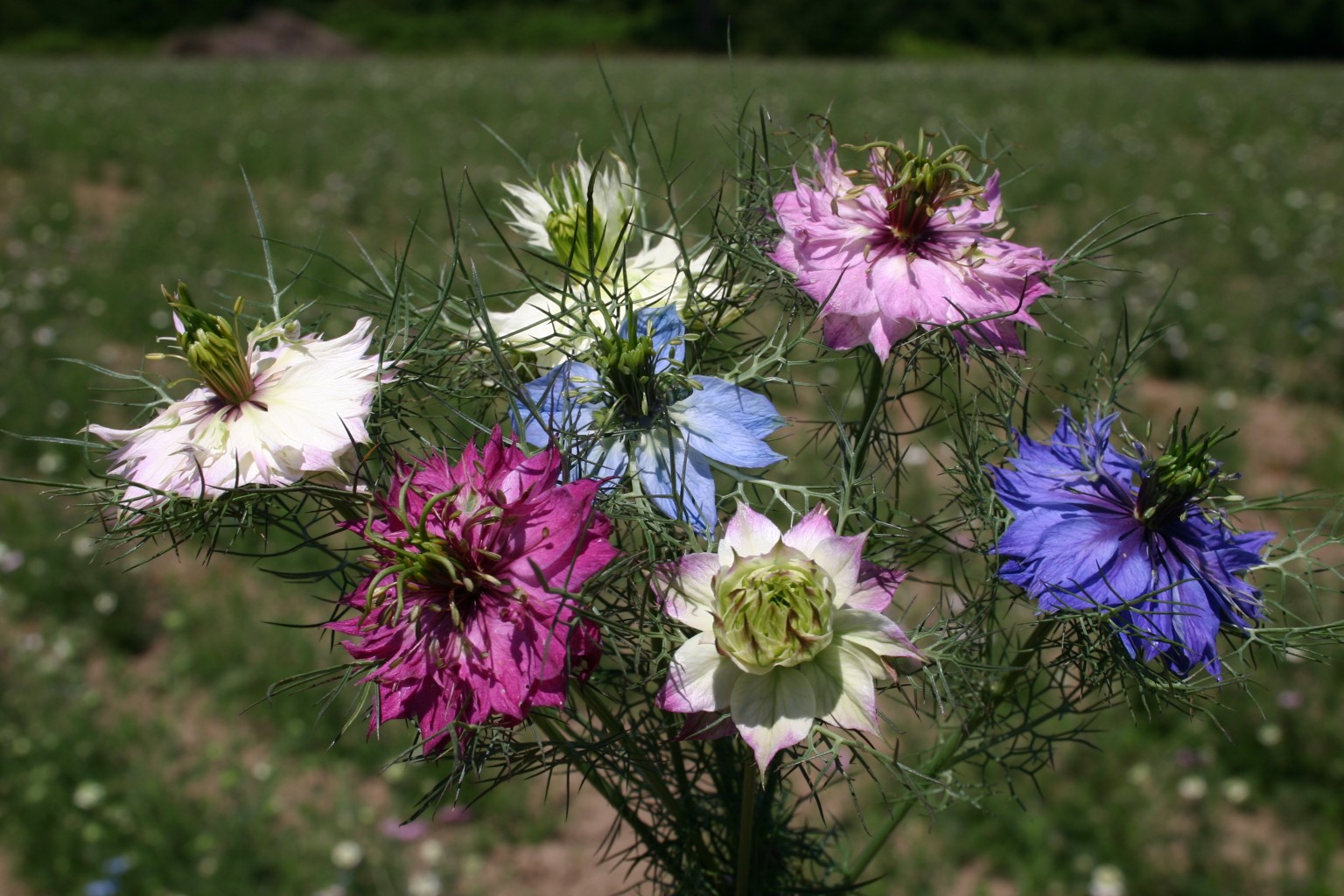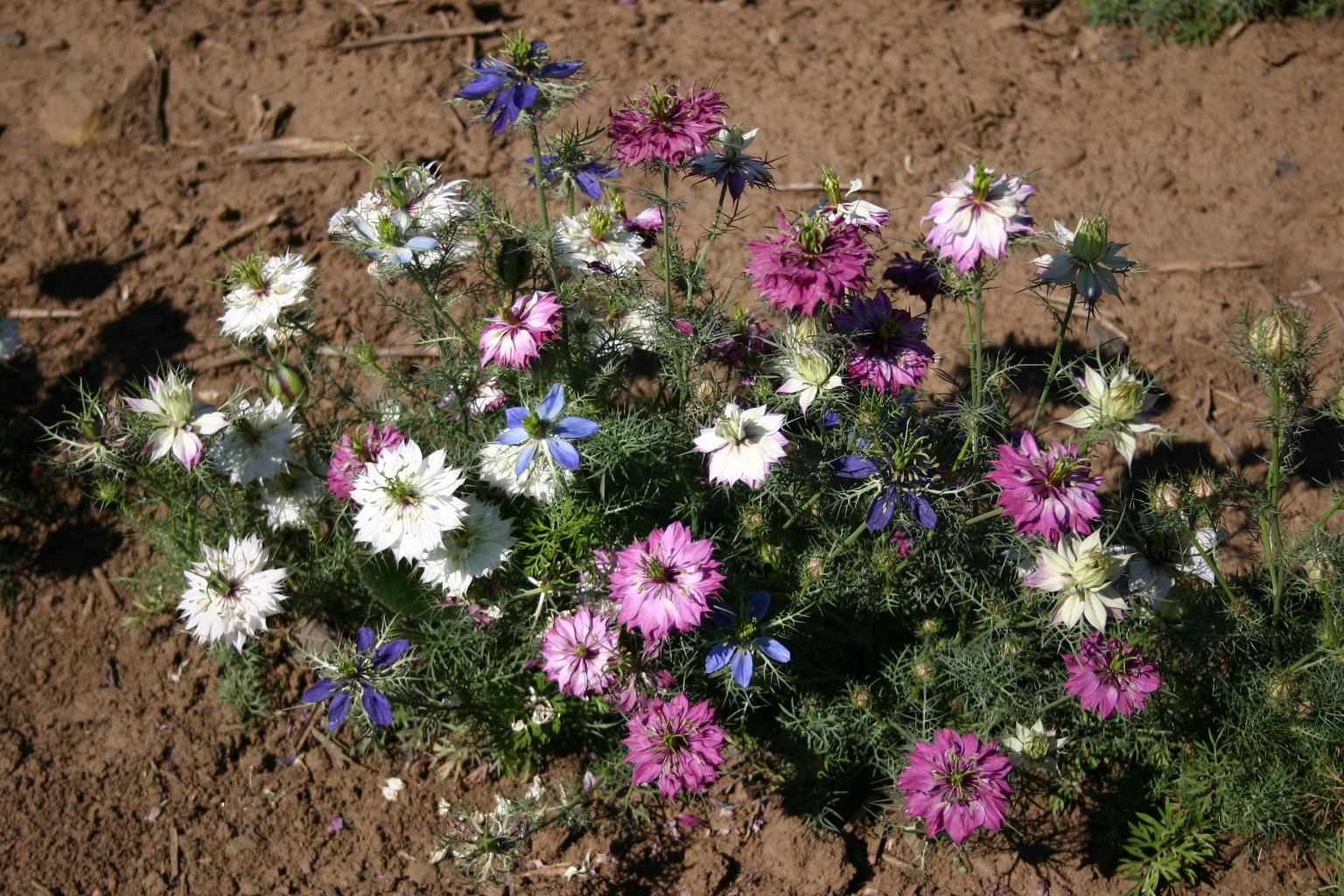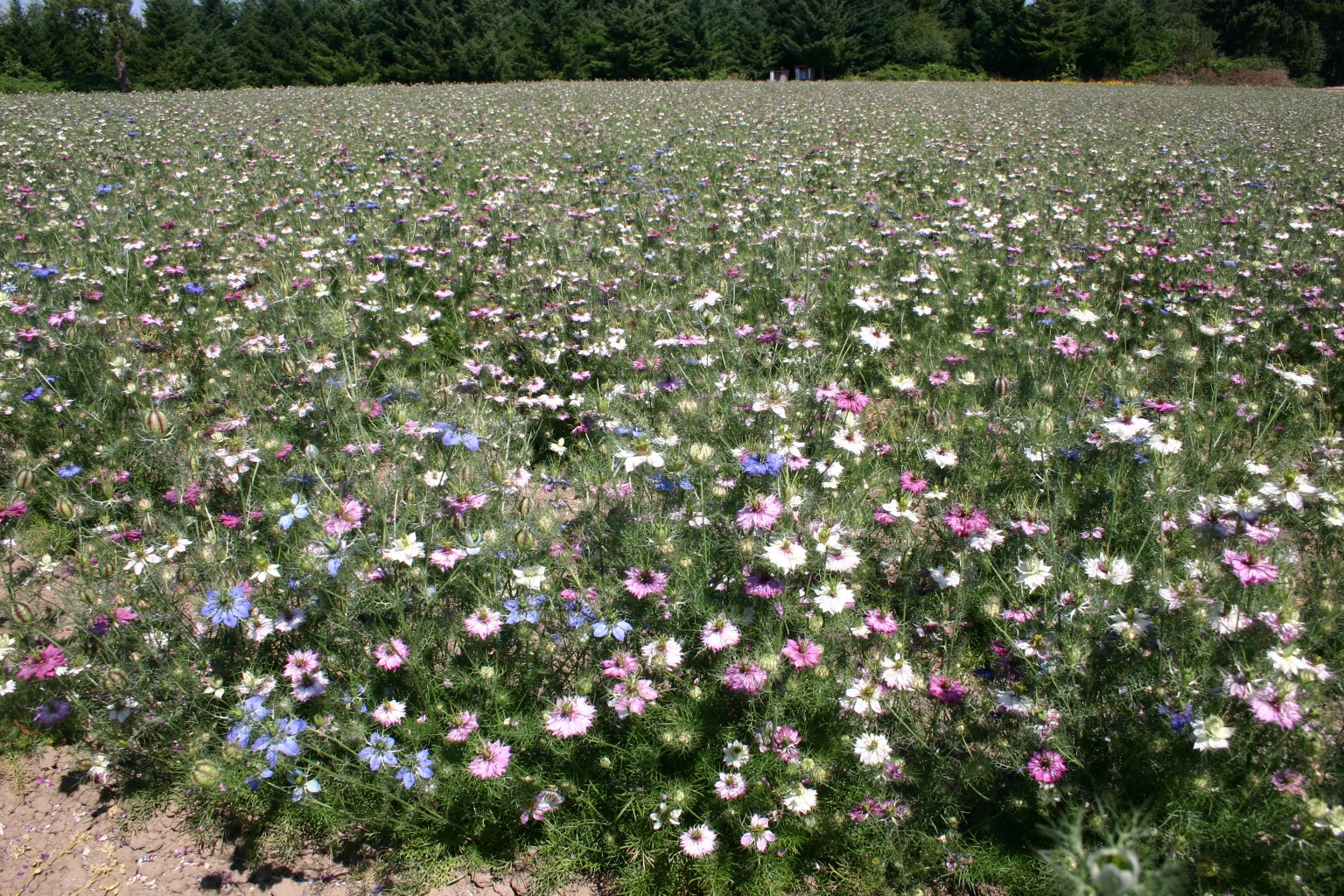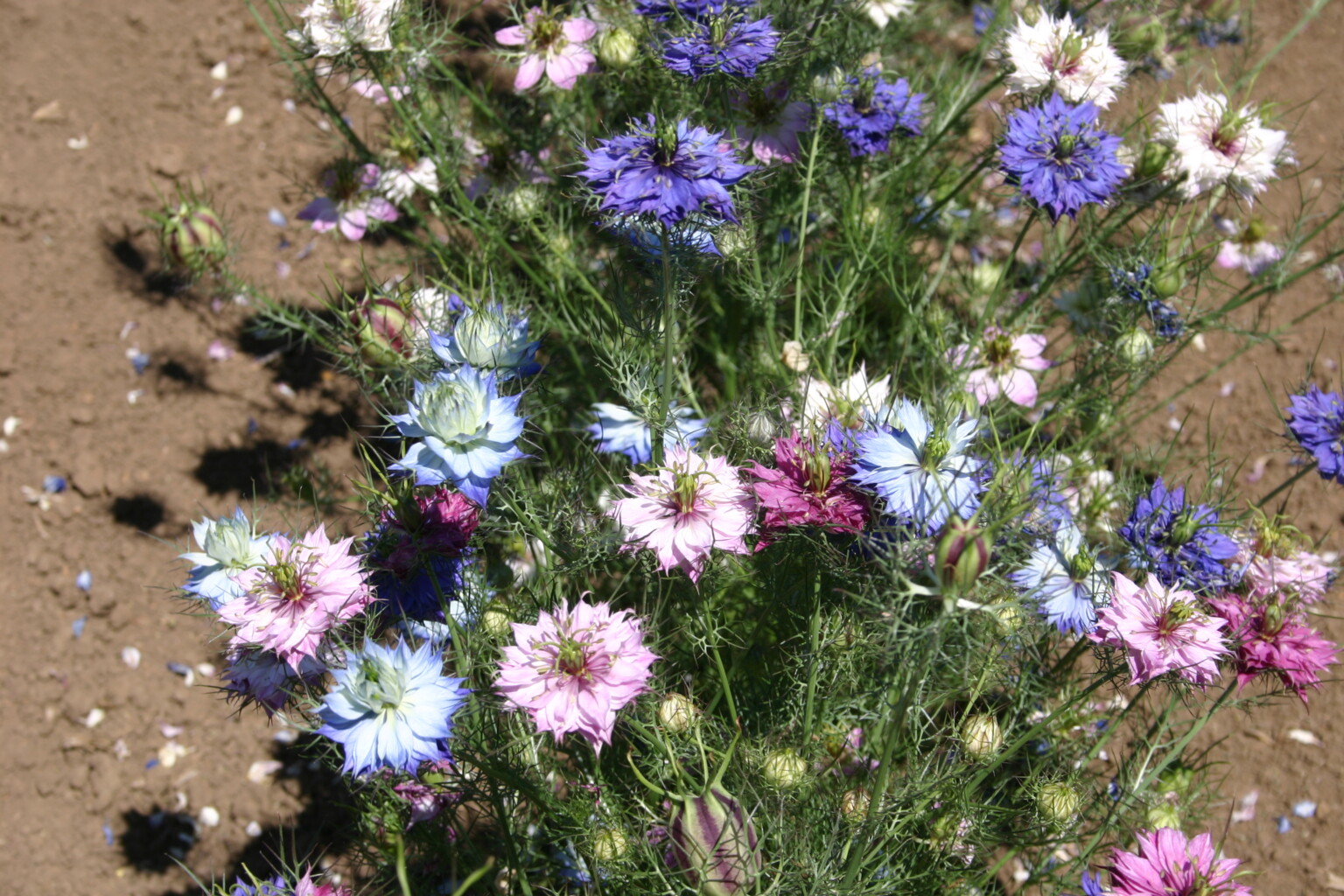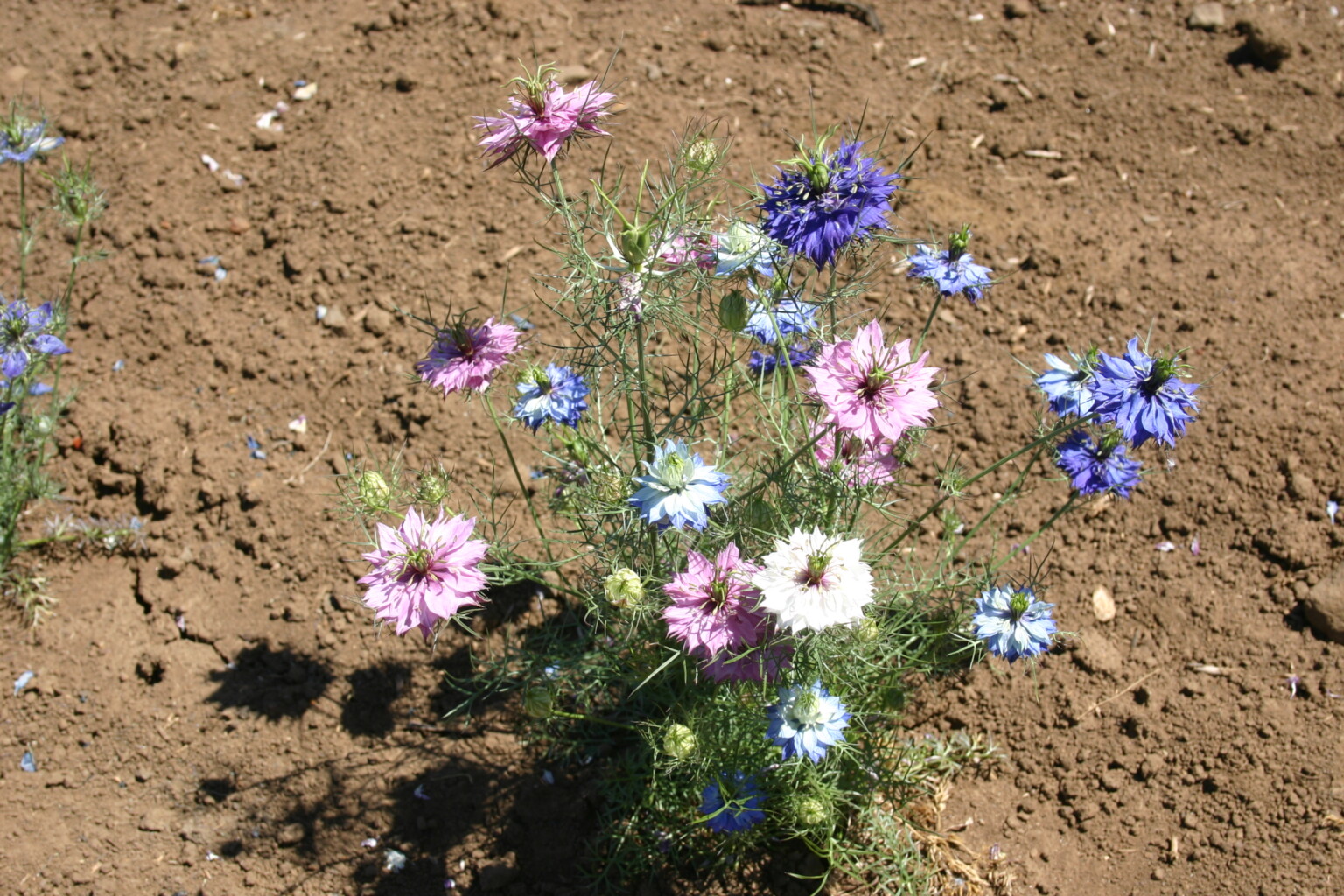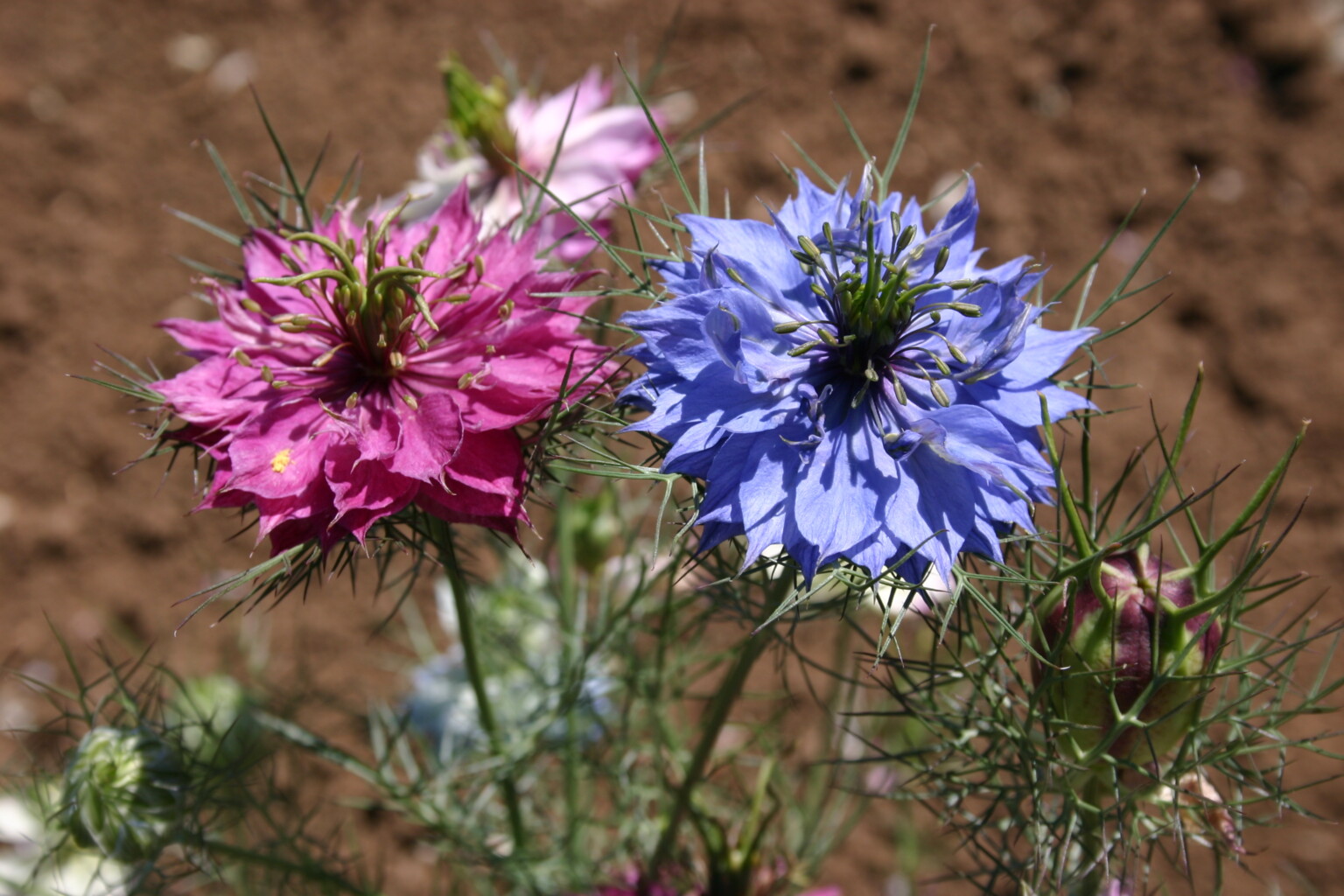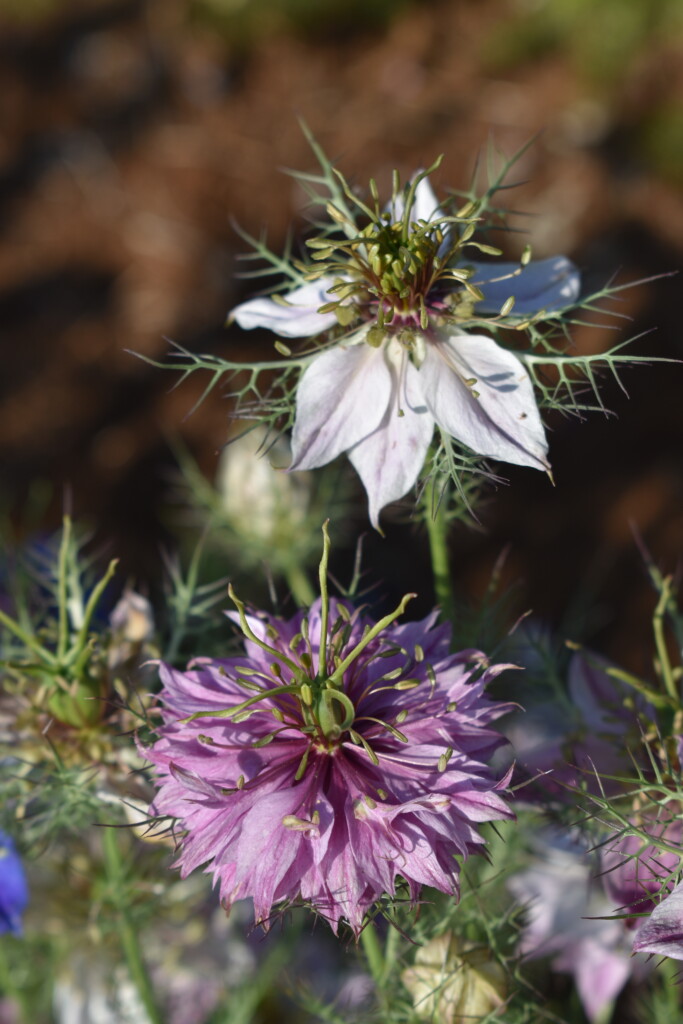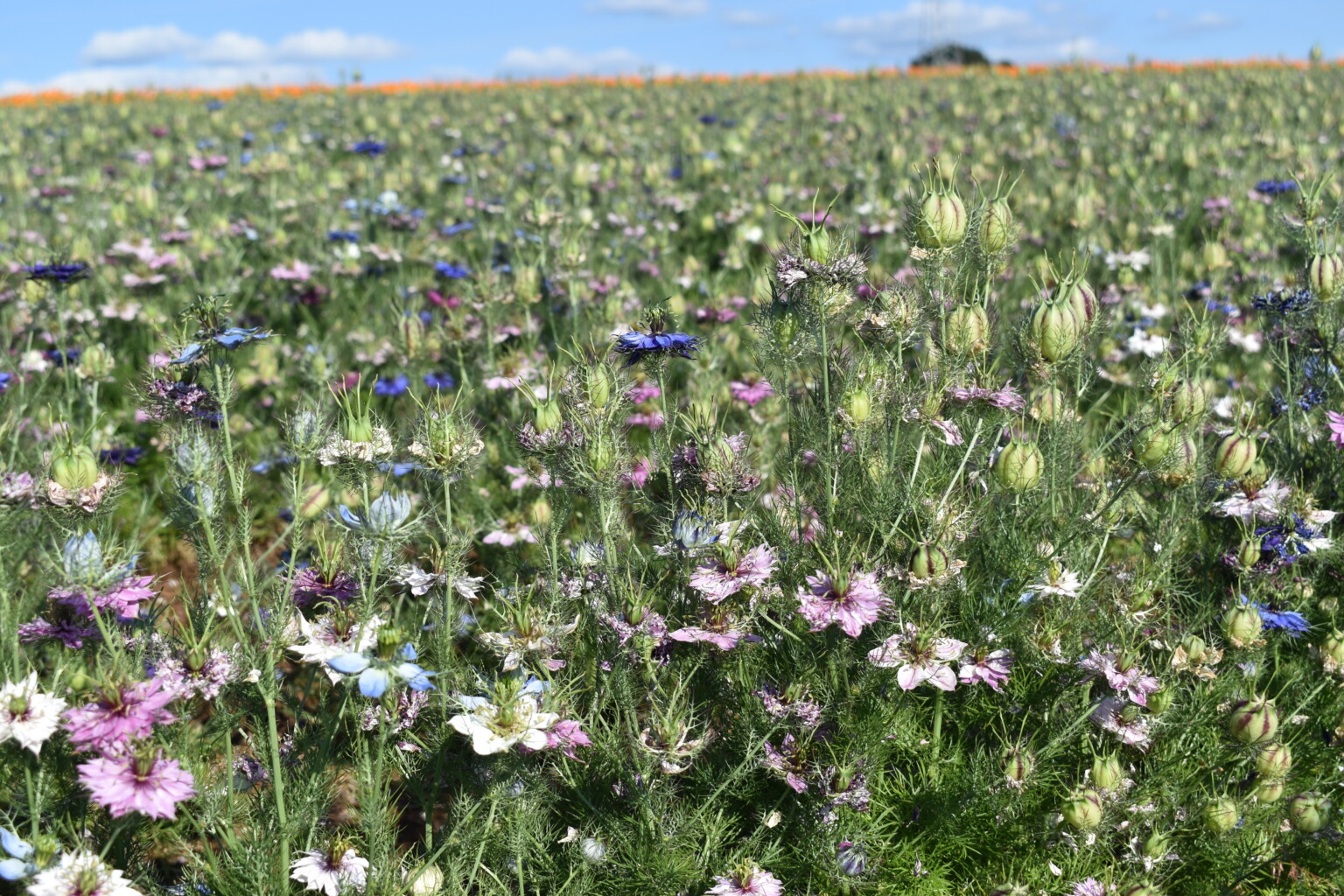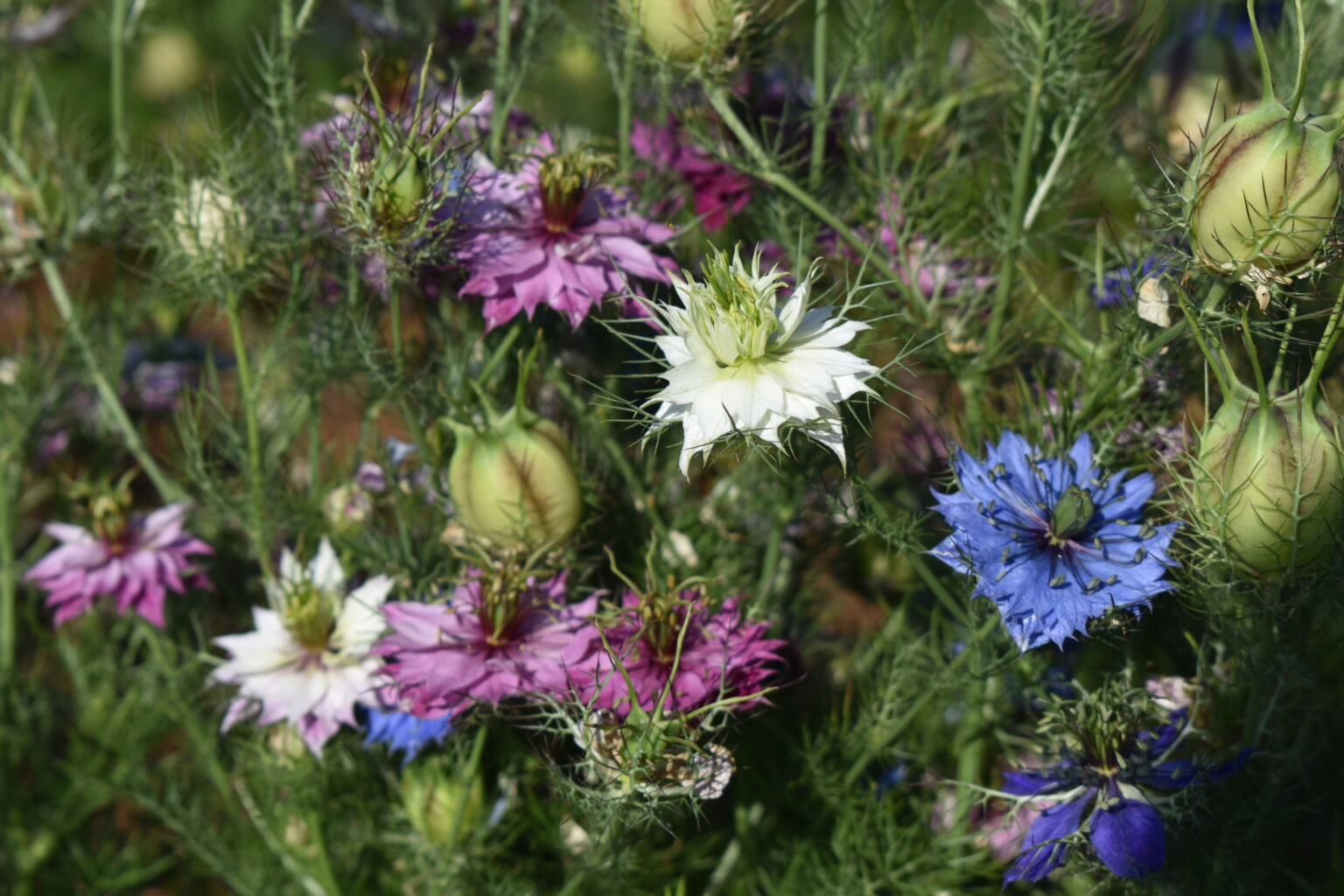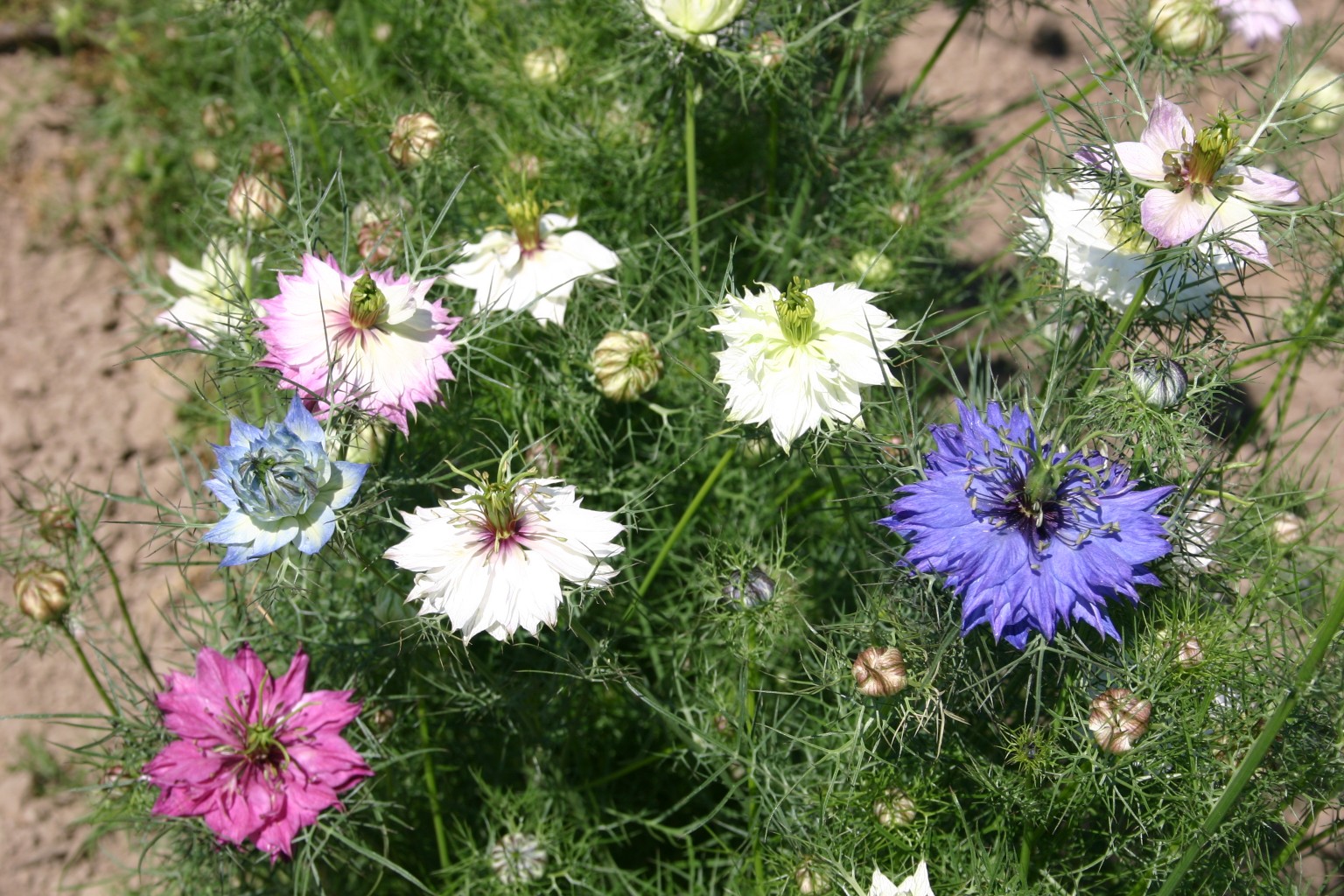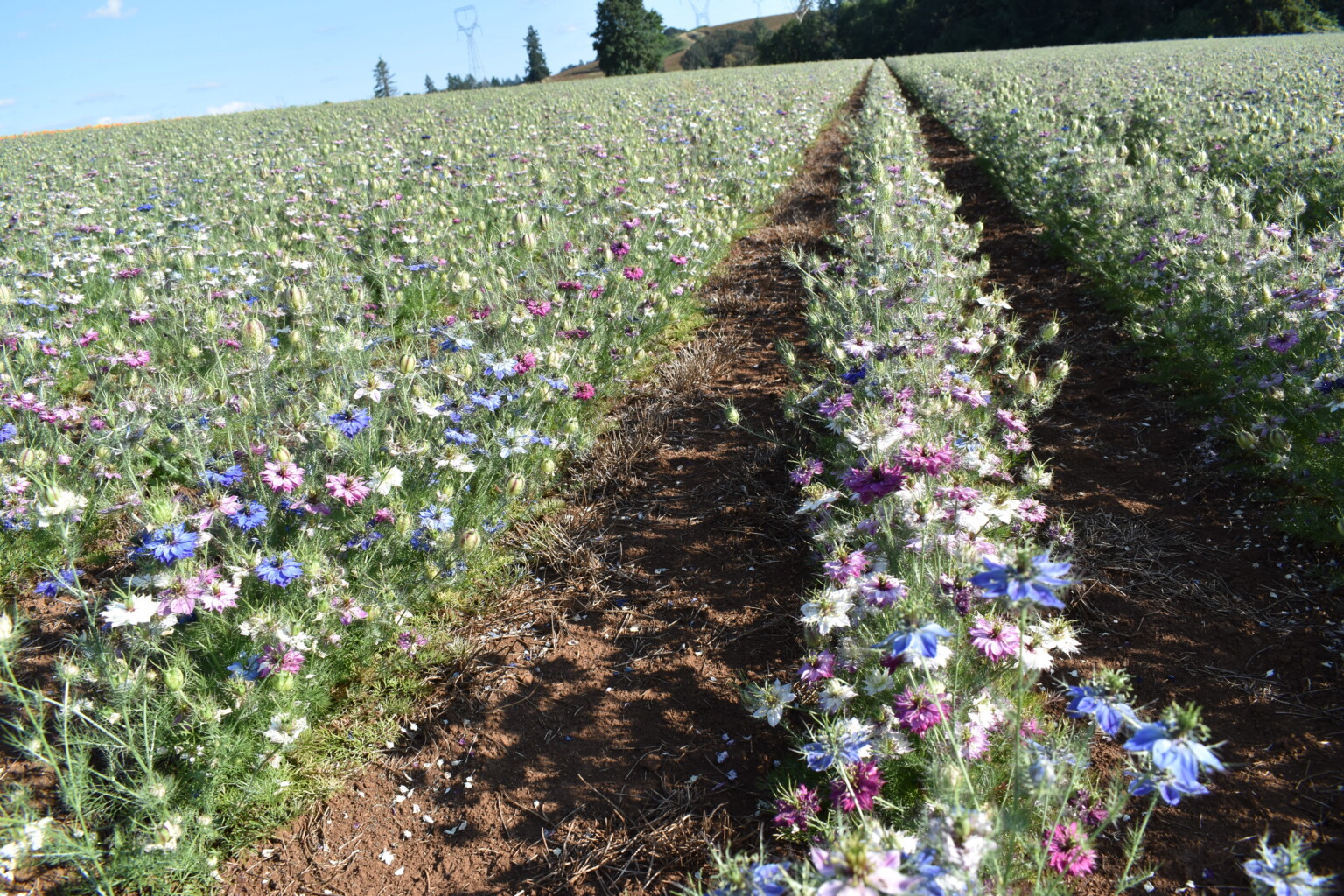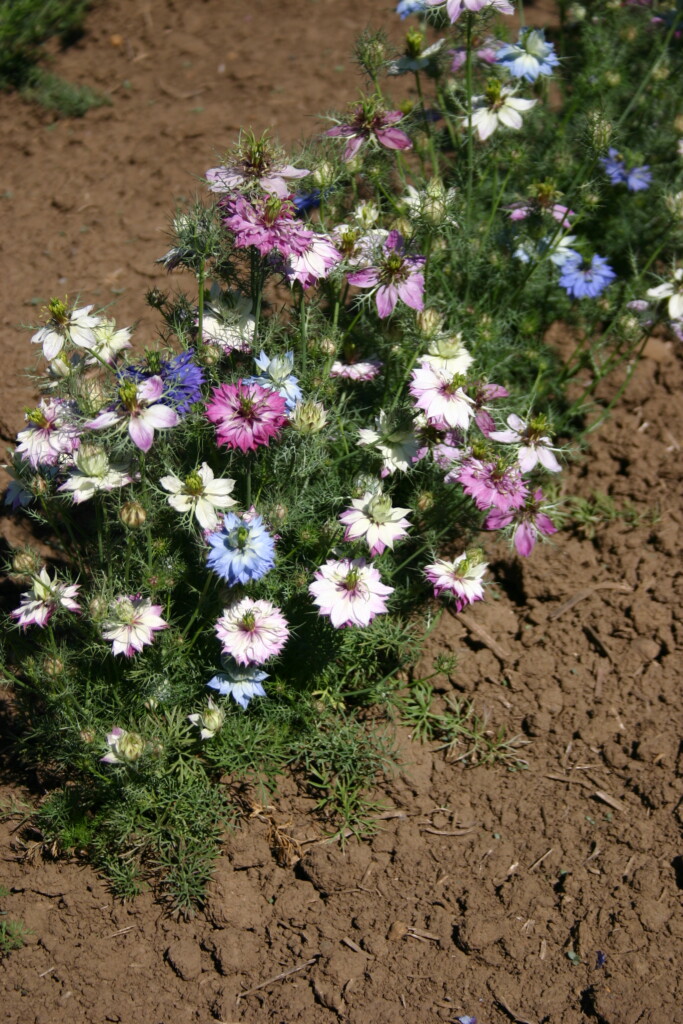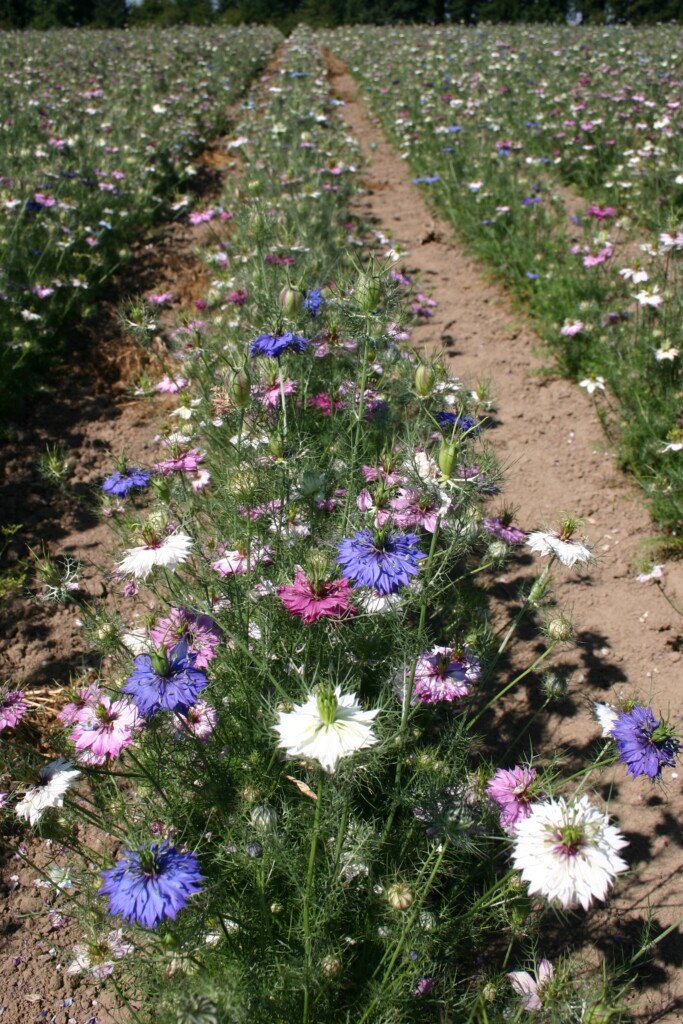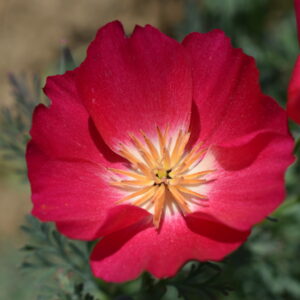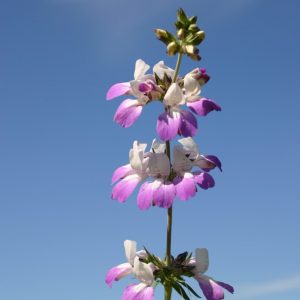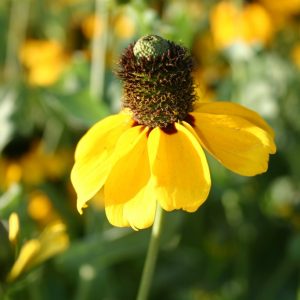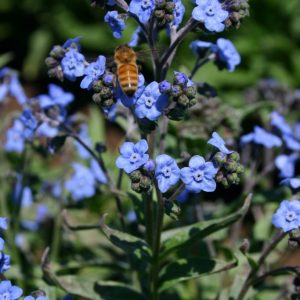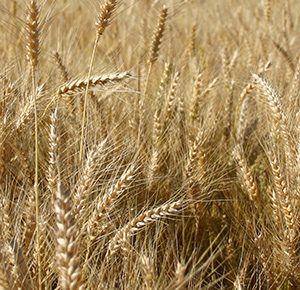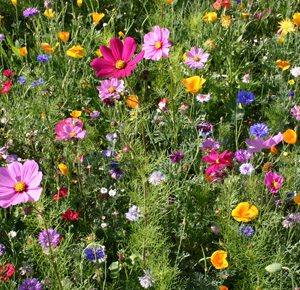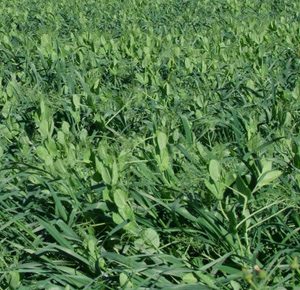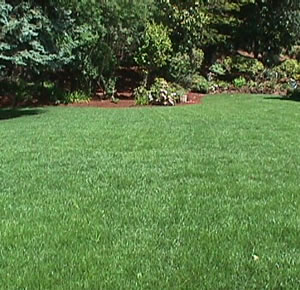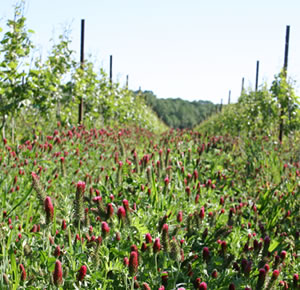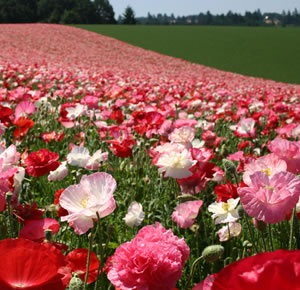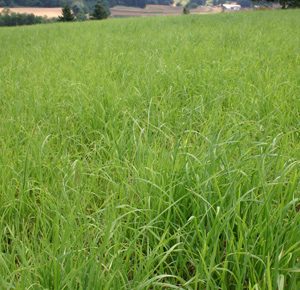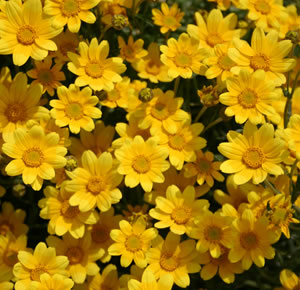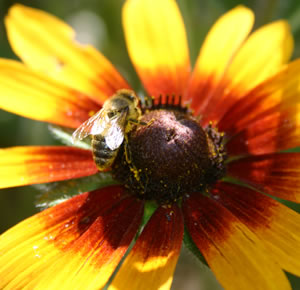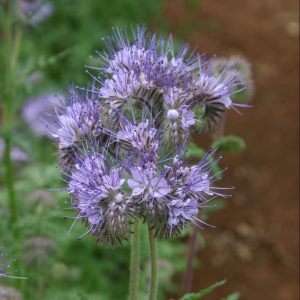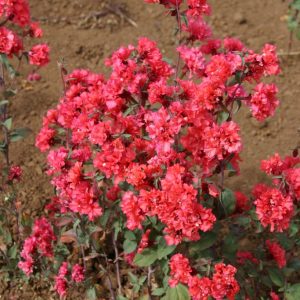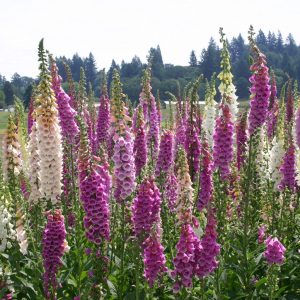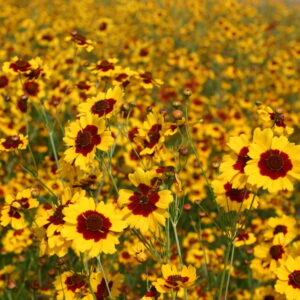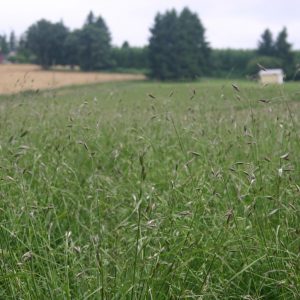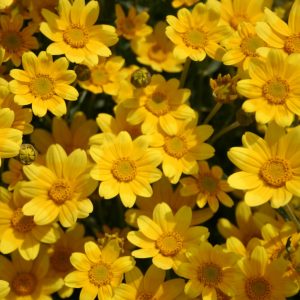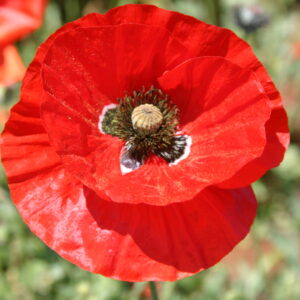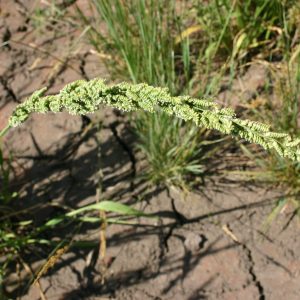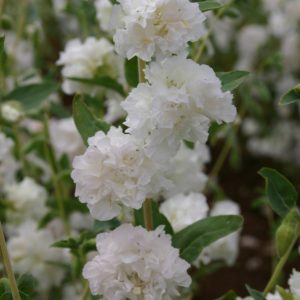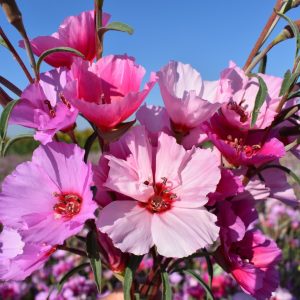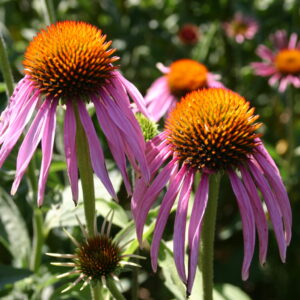Love-in-a-Mist – Mix
$2.50 – $23.00
Love-in-a-Mist is adapted to full sun areas and cultivated soils. It is also referred to as Devil-in-a-Bush. This flower works great as a cut and dried flower. Love-in-a-Mist produces seed pods that can be dried and presented in flower arrangements. It will thrive during mild summers but will not come into full bloom in hotter climates. Nigella flowers belong to the Ranunculaceae family and are related to Anemones, Clematis, Aquilegia and Buttercup. Make sure your Love-in-a-Mist flowers receive at least 6 hours of sunlight daily. Seed should be sown on top of well-drained soils in the spring months, if your region experiences harsh winters. For temperate regions, the seed can be planted during the fall planting season. This flower does not transplant well. Blooming can be prolonged if the flowers are pinched back or if the seed is spread every 2-3 weeks during the planting season. The predominant colors in this mix are typically blue and white. Occasionally Love-in-a-Mist is available in separate colors.
The broadcast rate for seeding is 18 – 22.5 pounds per acre.
The seed drill rate for seeding in rows is 9 pounds per acre.
| Purchasing Options | Price | Quantity | |
|---|---|---|---|
| Small Packet | $2.50 | ||
Covers approximately 5 square feet. |
|||
| 10 Gram | $3.00 | ||
Covers approximately: |
|||
| 1/4 Pound | $12.00 | ||
Covers approximately: |
|||
| 1 Pound | $23.00 | ||
Covers approximately: |
|||
| Scientific Name | Nigella damascena |
|---|---|
| Product Type | Flower, Flower Mix |
| Color | Blue, Pink, Purple, White |
| Cycle | Annual |
| Origin | Introduced species |
| Height | 18-24" |
| Germination Time | 10-20 days |
| Bloom Season | Summer |
| Weeks to Bloom | 10 to 11 weeks |
| USDA Zone | 2 to 11 |
| Seeds Per Pound | 192,000 |
| Seeding Rate (lb./acre) | 9 |
| Pollen/Nectar | Nectar |
| Pollinator(s) | Bumble Bees, Honey Bees |
| Notes | Love-in-a-Mist is adapted full sun areas and cultivated soils |
| Planting Season | Spring, Fall |
| Light Requirement | Full Sun, Part Sun/Shade |

